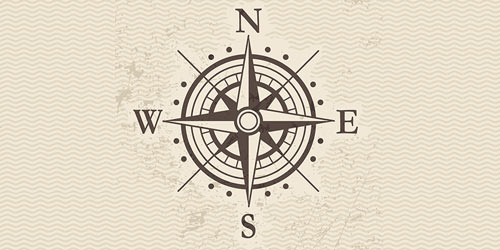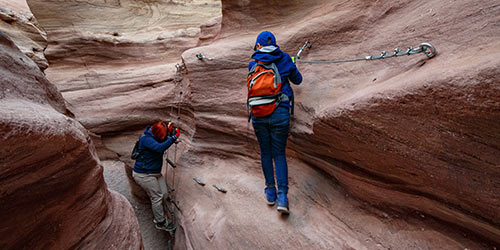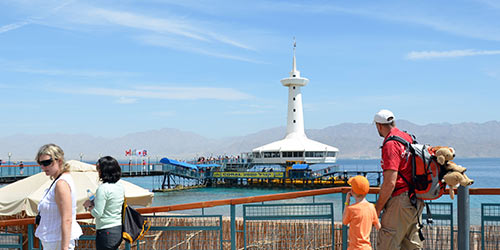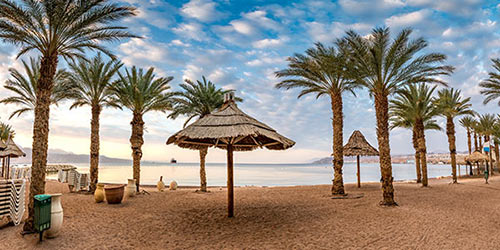The desert directly north of Eilat draws thousands of visitors a month who immediately fall in love with its enchanted landscapes, fascinating history, and magnificent natural formations. We recommend that visitors take a day off from Israel's vacation capital and its beaches to take a thrilling tour to discover the charm of the desert.
The best time for touring the desert is fall and winter, i.e. October through April. During the summer months, the desert is extremely hot and the sun might be dangerous to people walking long distances. We recommend that visitors equip themselves with a hat, a water bottle, and comfortable walking shoes before embarking on a tour of the fascinating sites hiding in the enormous desert. These are the most popular destinations for desert tours:
The Red Canyon provides one of the most beautiful walking tours in the Middle East and is suitable for families with children. The Red Canyon is a deeply striated canyon in the Eilat Mountains. The 300-m long natural canyon features colorful walls rise to a height of 30 m. The hike goes through a winding, circular cleft enveloped by sandstone walls of deep red interspersed with layers of clay-based rock in exquisite shades of turquoise. The canyon is home to some unique desert vegetation. The site is located a mere 20 km from Eilat.
Amram's Pillars are deep-red sandstone pillars, considered one of Israel's most photogenic points of interest. The route to the pillars, which goes past colorful mountains, is easy and suitable to the entire family. The site, especially beloved by bikers and hikers, features an overnight campground where it's possible to set up a tent, build a bonfire, and spend the night searching for falling stars. The site is only a 15-min drive from Eilat.
Shehoret Canyon, located some 10 km from Eilat in the Eilat Mountains Reserve, provides a great, family-friendly walking path replete with exciting stops and adventures. Also known as the Chocolate Kingdom, because of its black, pink, and red rocks, it was created hundreds of millions of years ago by a volcanic eruption of lava, which resulted in colorful and arresting rock formations that many love to photograph. The 1.2-km long canyon allows visitors to slide down rocks smoothed to a glossy finish by the water that once ran there, search for fossils and rock crystals, climb outcroppings, and observe the beautiful vistas of the Eilat and Edom Mountains. During the hike, be sure to check out a particularly exciting attraction: ancient leopard traps!
Wadi Kedar is a desert route we recommend doing by motor vehicle or bike. It is only 3 km long and a half-hour drive from Eilat. The route itself doesn't offer anything unique in terms of view, but it ends at an open field that hold dozens of gigantic, bulbous, sandstone rocks, some with a diameter of more than one meter. The giant round rocks at Wadi Kedar are among Israel's most unusual natural phenomena, and the "bulbous field," as it is known colloquially, exerts a particularly strong draw on photographers.
Timna Park, located some 25 km north of Eilat, features several fascinating spots of archeological and historical importance, unique rock formations, and dry stream beds. Among the famous sites in the park are Solomon's Pillars, the Chariot Paintings, the Arches, and the Mushroom Rock, as well as a manmade lake where you can go paddle-boating. There are many activities suited to the whole family, and at night the rock formation are illuminated with special lighting. The site is considered exceptional for viewing meteorite showers and falling stars. Coming by car makes a road trip to all the interesting sites easy, but it's also fun to tour by bike and on foot.














